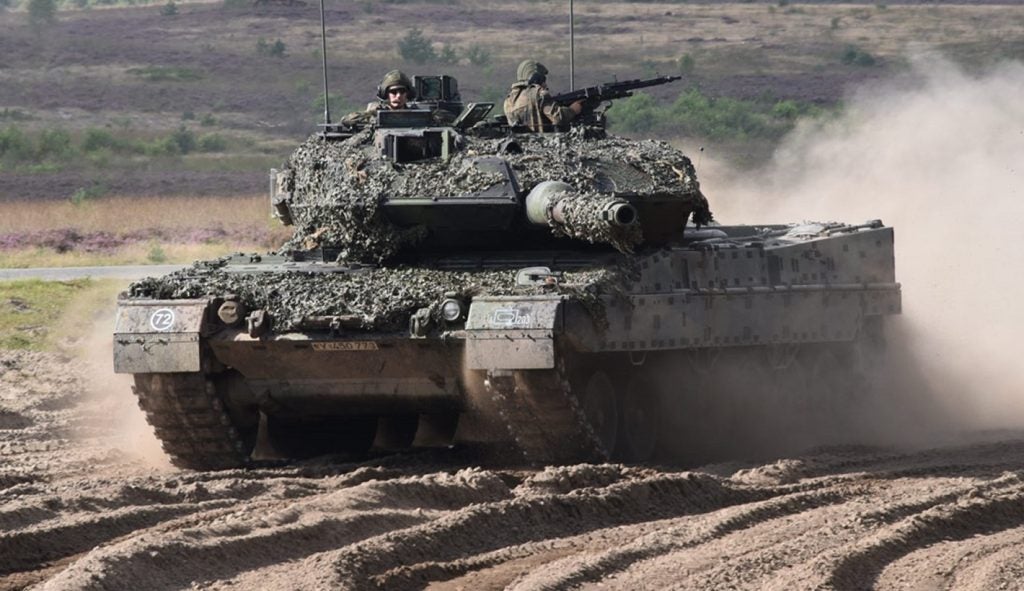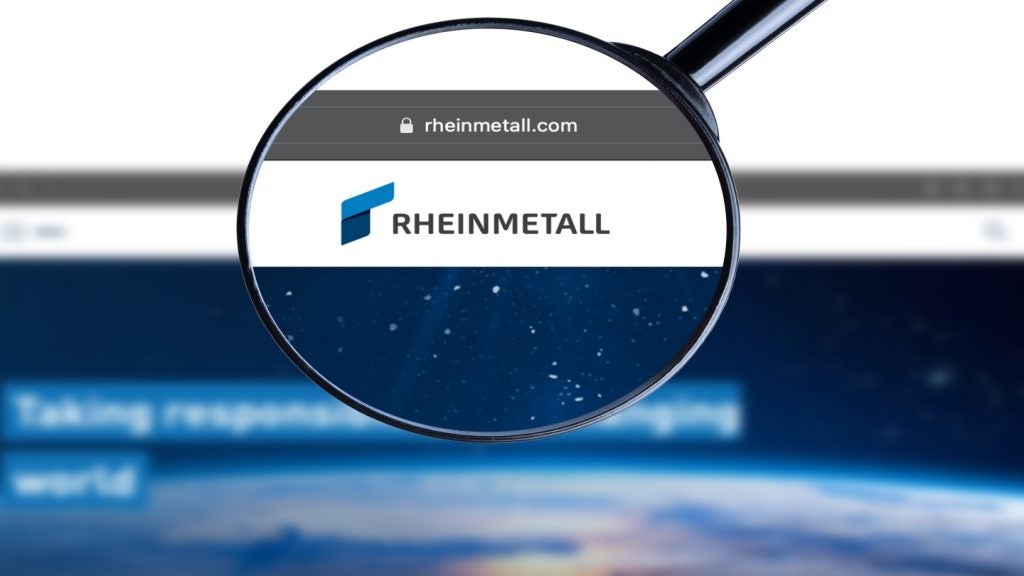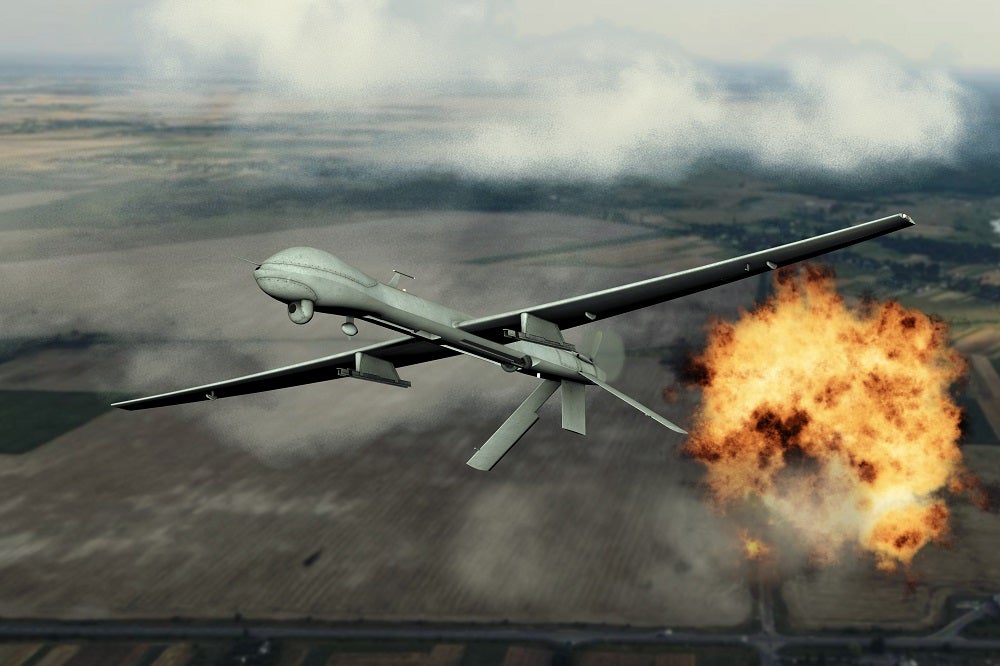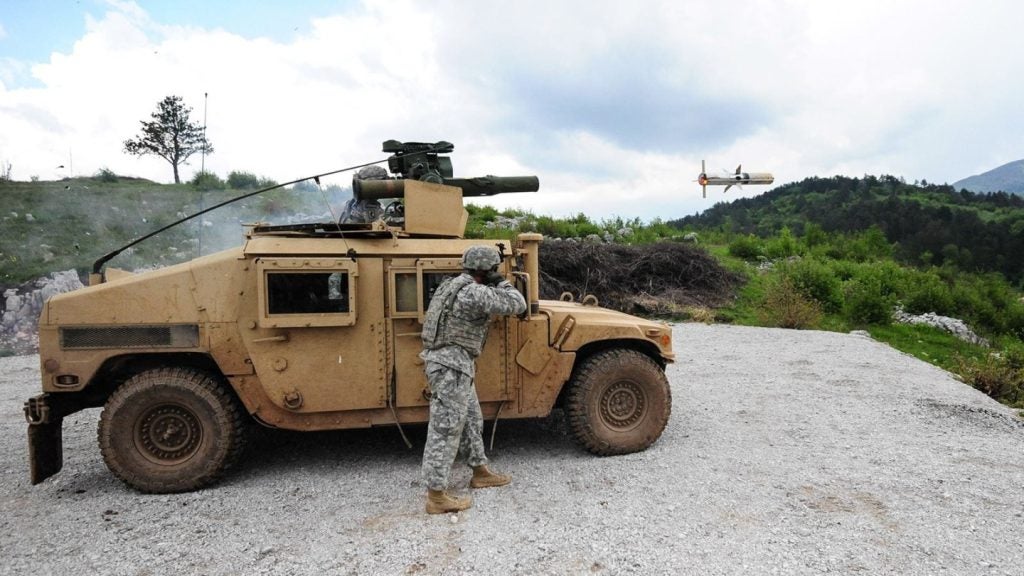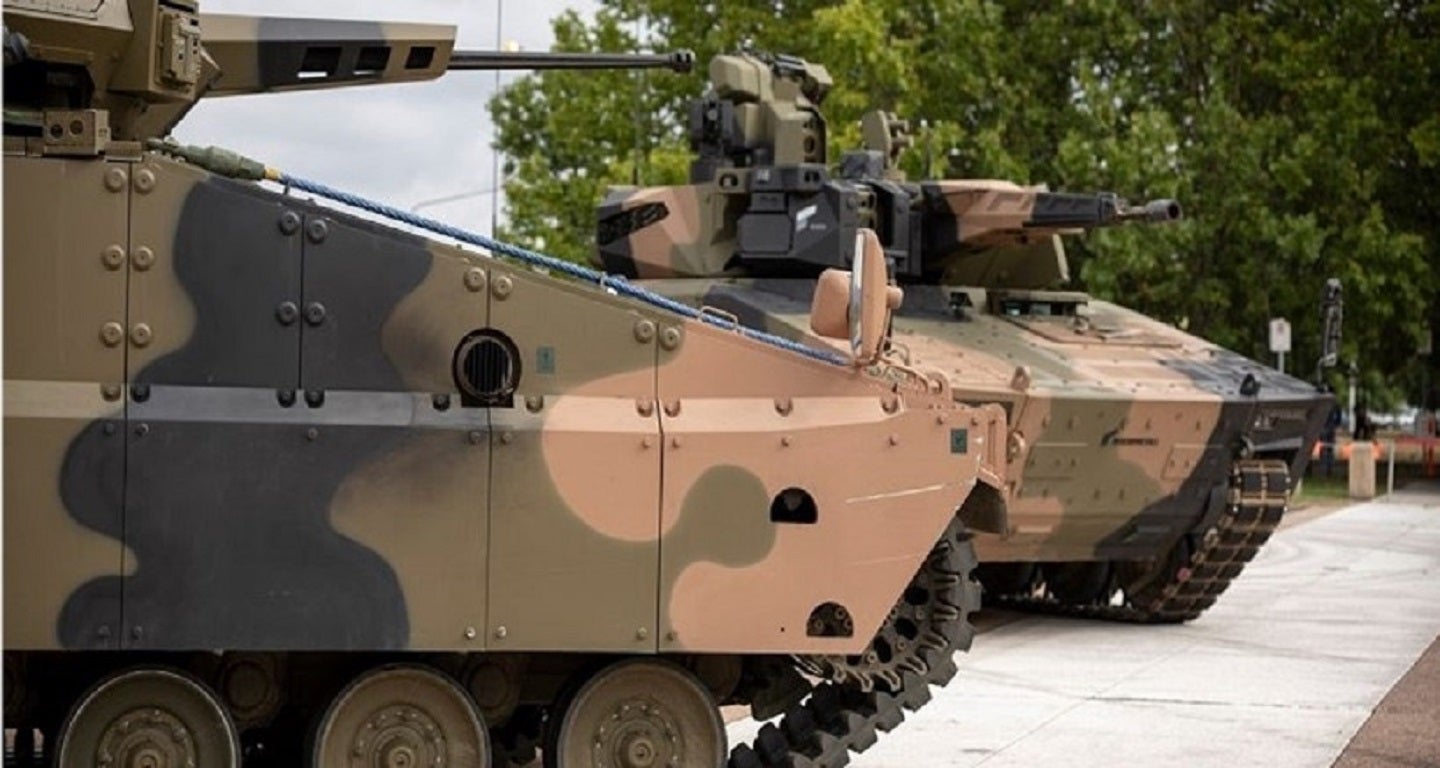
Australia’s government has selected Hanwha Defense Australia to deliver 128 AS21 Redback Infantry Fighting Vehicles to the Australian Army as part of its ongoing modernisation programme.
The AS21 Redback is an advanced infantry fighting vehicle (IFV) proposed by South Korean firm Hanwha Defense for the Australian Army. The IFV will provide superior mobility and complete protection against ballistic, mine and chemical, biological, radiological, and nuclear (CBRN) threats. It is an advanced version of the K21 IFV, which is in service with the South Korean Army.
Australia’s Redback procurement aims to replace its obsolete M113 IFV fleet. The 129 Redback units will join a current force comprising 100 active units of Boxer 8×8 multi-role armoured vehicles, procured from the German defence supplier, Rheinmetall in 2021.
“The Redback will be a major enhancement to Australia’s defence capabilities, indicating the country’s commitment to modernising its military infrastructure.
“Furthermore, the contract’s emphasis on domestic manufacturing aligns with the country’s focus on strengthening the local defence industry,” Kandlikar Venkatesh, Defence Analyst at GlobalData, a leading data and analytics company, stated.
Amid the dynamic and evolving geopolitical landscape, Australia’s continuous investment in military land vehicles marks a crucial step in safeguarding the country’s interests and contributing to regional stability.
According to GlobalData, Australia will spend approximately $7.5bn (A$11.25bn) on military land vehicles over the next ten years to augment its defence capabilities. The latest procurement of AS21 Redbacks will enable Australia’s land forces to effectively respond to a wide range of threats while at the same time fostering co-operation with allies in and around the Indo-Pacific region.
GlobalData intelligence also says that Australia is dedicated to enhancing its defence capabilities and fostering strong alliances. Its Defence Strategic Review, published in April, emphasises the importance of investing in cutting-edge technologies and modernising Australia’s defence capabilities. This will enable the Australian Defence Force to maintain a credible deterrence posture and effectively respond to emerging threats in the region.
Facing China through Indo-Pacific collaboration
In its Defence Strategic Review, published in April this year, the Albanese government outlined its contemporary regional security situation:
“Investing in Indo-Pacific regional defence partnerships is critical and must be focused on Australia’s primary area of military interest.
“Defence is already engaged in extensive international engagement efforts in our region but a refocusing will need to be undertaken to maximise benefits and alignment with the strategic circumstances.
“This refocusing should ensure Australia effectively engages in bilateral, minilateral and multilateral opportunities to support mutual interests in the Indo-Pacific.”
The Redback deal with Hanwha is integral to the country’s security objectives; it is layered with strategic aims as Venkatesh further outlines:
“[The deal comes as] a response to China’s increasing presence and influence in the Indo-Pacific region, the strategic defence collaboration between Australia and South Korea allows for intelligence sharing, joint military exercises, and defence co-operation, which collectively serve as a proactive measure to counterbalance China’s growing impact and assertiveness in the Indo-Pacific region.”




